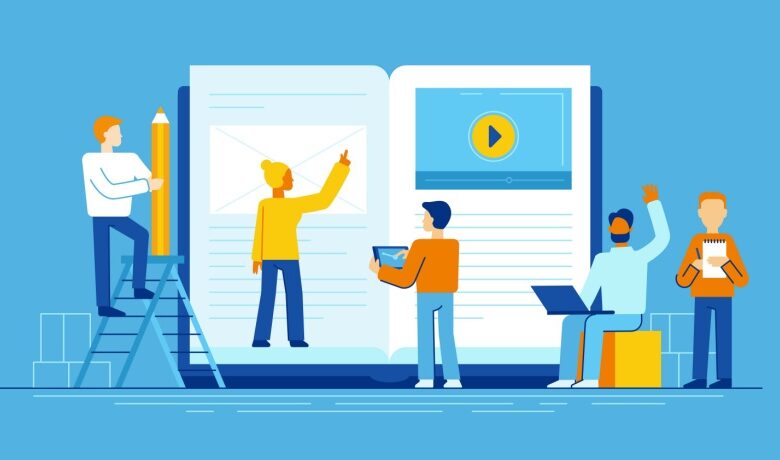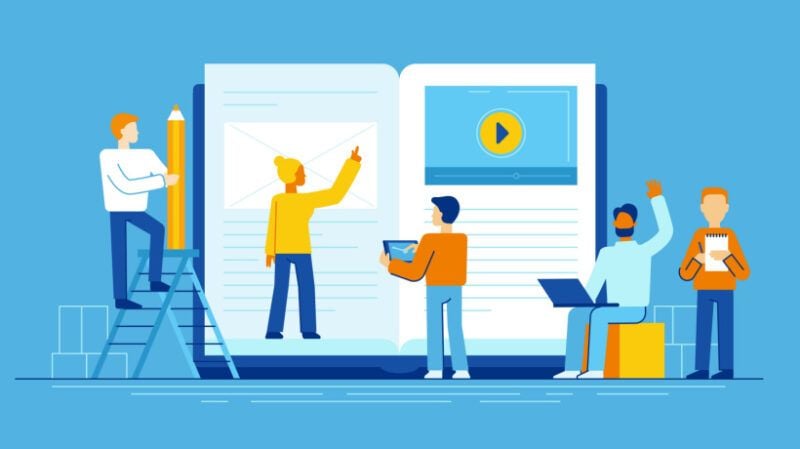Specialized Learning: Tailor Education To Every Student’s Needs


Engineering Learning To Better Suit Everybody
Education went digital in a big way during the spring of 2020. Schools were forced to adapt their lessons to the digital space as COVID-19 lockdowns shut the entire world down. What followed was two years of inconsistency for students all over the country: lockdowns, then reopenings, then more lockdowns. Digital technology made this maneuvering possible. While much has been said about the effectiveness of remote learning, it’s certainly fair to say that the flexibility it provided during the pandemic was the only thing that reliably kept children learning during a time of almost unprecedented uncertainty. Digital learning tools are leveraged differently now. Online platforms and other virtual learning resources are highly customizable and very good for taking precise student data for specialized learning. In this article, we take a look at how digital earning tailors education to every student’s needs.
The Rise Of Specialized Learning
Specialized learning is a concept that encourages highly personalized education models. The idea is to engage students both on how they learn and with materials that are most suited to improving their academic outcomes. Naturally, overworked teachers who are standing before a room of 30 kids don’t really have the option to make dozens of different versions of every lesson plan. Digital technology makes it easier to connect kids with resources that are more specific to their interests and their learning styles.
Specialized learning environments have always relied on a significant amount of independent learning. Educators will diversify their lesson plans in a way that touches on various learning styles, but it’s through independent work that students are really given the opportunity to explore their unique learning styles. Now that the majority of schools provide children with access to digital technology, it is easier than ever to connect students with adaptable digital resources that better meet their needs.
How Digital Technology Helps With Specialized Learning
Teachers cannot update their lessons to meet the evolving needs of every student in real time. A digital learning module can. Many online learning tools modify questions in direct response to the student’s results. This can help ensure that all students remain engaged while they are doing their work. It also helps teachers take better data. How long did this student take to complete their work? What types of questions are they struggling with? The answer to that question may ultimately be much more actionable than a simple reflection of what the student got right or wrong.
Students also just like doing online work. They enjoy the more stimulating imagery and prompts that are often featured on digital learning platforms. Teachers have dubbed this concept “edutainment.” The “edutainment,” model isn’t universally well-received. Some educators argue that it established unrealistic expectations. The real world isn’t full of constant stimulation. Future employers have little interest in how much fun their staff is having on the job.
Teachers who critique highly stimulating digital learning environments worry that the entertainment value of digital tools may come at the cost of sustained concentration. However, it is worth noting that digital tools are not necessarily “learning-related video games.” Online learning modules are often just as demanding as traditional lesson plans and produce highly desirable results.
Digital Learning Problems
All of this is very nice but it is important to note that digital learning is very far from perfect. Nor is it comprehensive. School lockdowns during the pandemic resulted in significantly lower standardized testing scores almost across the board. The vast majority of students still need the close and careful supervision of a teacher to do their best work. Students who do the best with primarily digital learning environments are those who were never really academically at risk in the first place.
Students who generally succeed with minimal instruction will continue to do so. Students who struggle in the best-case scenarios will do so significantly more without close supervision. The tools described in this article of course do not call for a return to remote learning. They are designed to be supplementary. However, technology does require constant checks and balances—otherwise it can easily steamroll manual processes that would have been better off reserved. As the education system continues to embrace digital tools it is important that this move not be seen as an alternative to traditional learning.
Digital Divide
It’s also important to remember that an overreliance on digital technology will often wind up hurting the most vulnerable students. This dichotomy owes largely to the disparity of access to digital technology at home which still plagues many low-income families. Is it acceptable to assign work that requires internet access, knowing that not all students have it?
Schools are still looking for an answer to that question. Some provide students with wireless hotspots to ensure access even without a home wi-fi connection. Unfortunately, that requires a significant upfront investment not all schools can afford to make. Other districts have started “homework clubs”: preset periods that allow students to arrive early or stay late to complete work they can’t do at home. This strategy can work, but disadvantages children with environmental factors that require them back home immediately after school. For example, many low-income families rely on older children to help with childcare for younger siblings or cousins. These kids can’t necessarily stay late at school to do their homework.
There is no clear answer to the problem of the digital divide. Some districts address it simply by limiting tech-reliant work to school. While this may have a limiting effect on the efficacy of digital learning modules, it does at least ensure equitable access to opportunity.
Conclusion
Digital learning definitely does have its perks. Educators appreciate the way that tech-driven modules tend to capture their students’ interest while also making it easier to track useful data metrics. These are good things that will undoubtedly improve student outcomes across the board. As long as digital learning tools are leveraged in a measured, responsible way they should be seen as a great way to specialize learning to meet the needs of individual students. However, it’s important to always keep in mind that there is no replacing a skilled teacher.
Editor’s Note: Check out our directory to find, choose, and compare eLearning Industry’s Top Authoring Tools.
Source link



